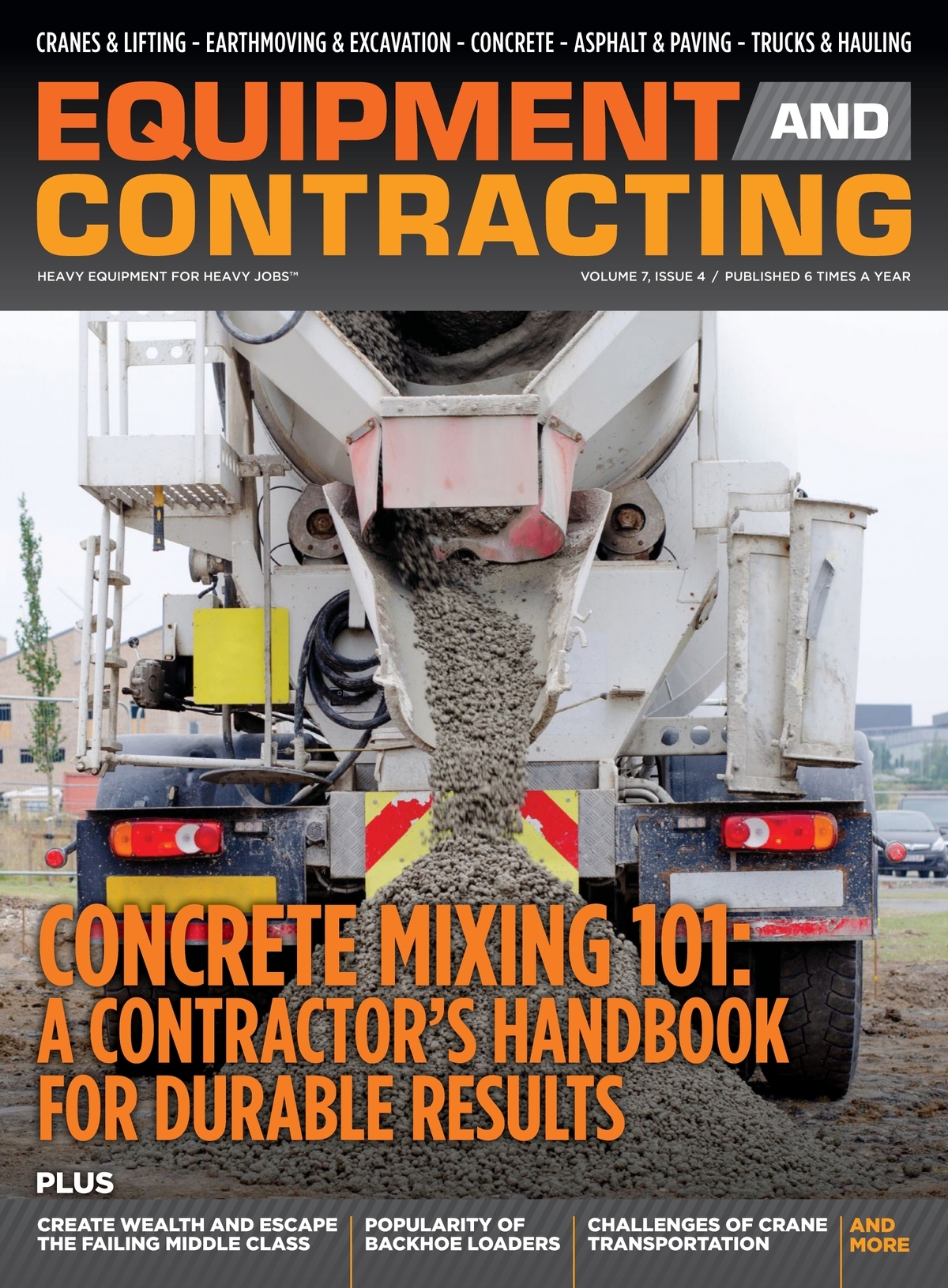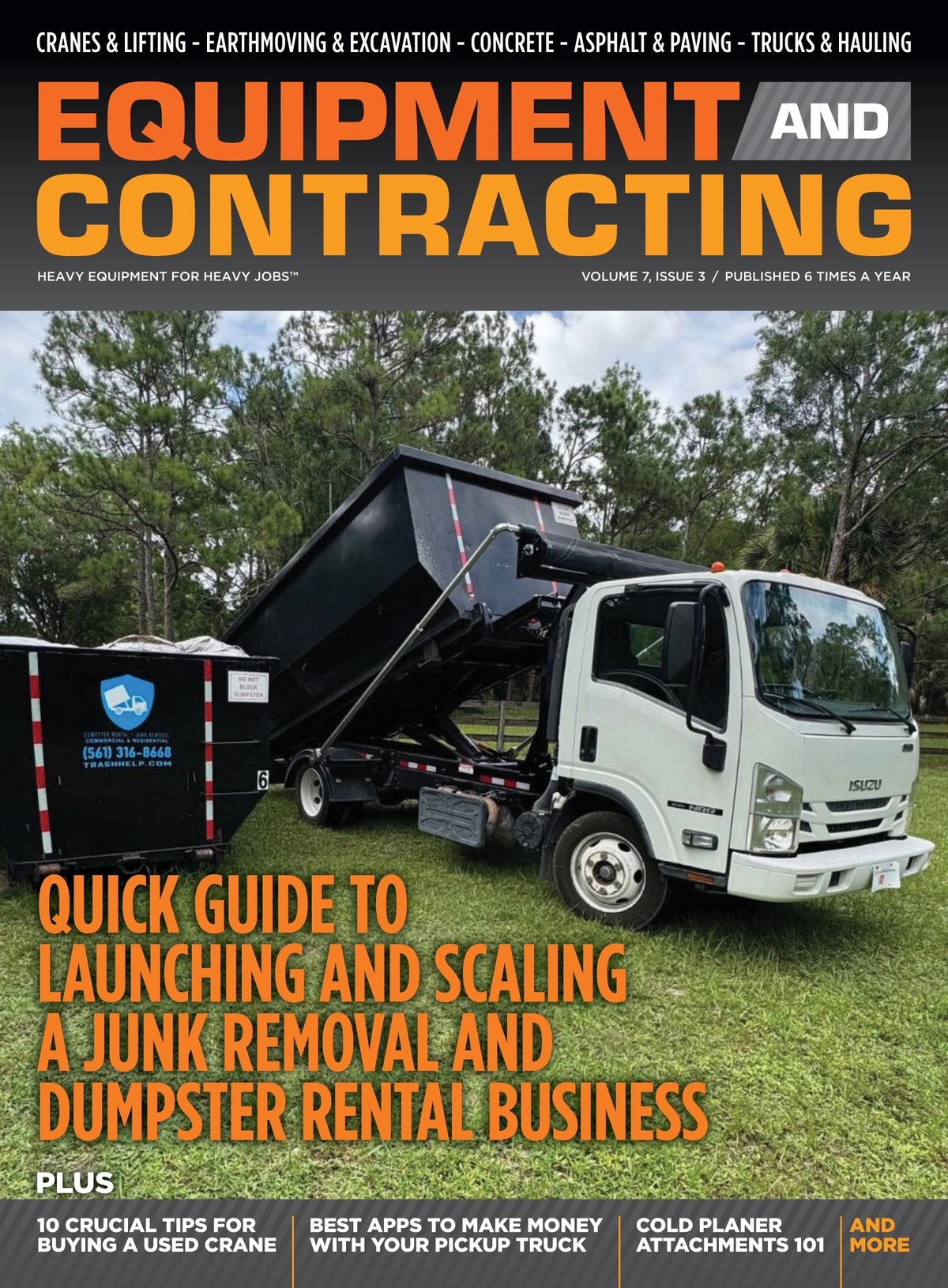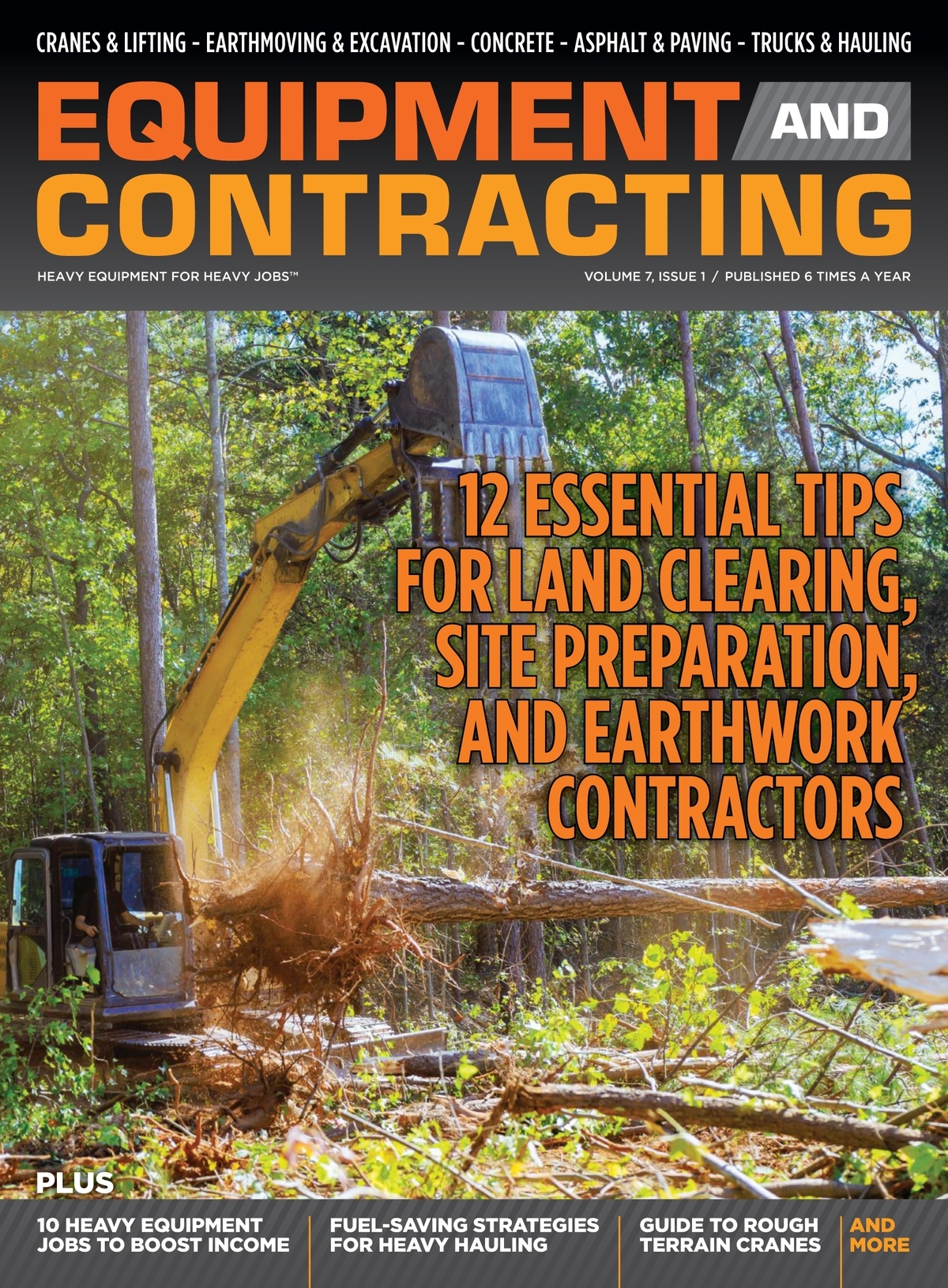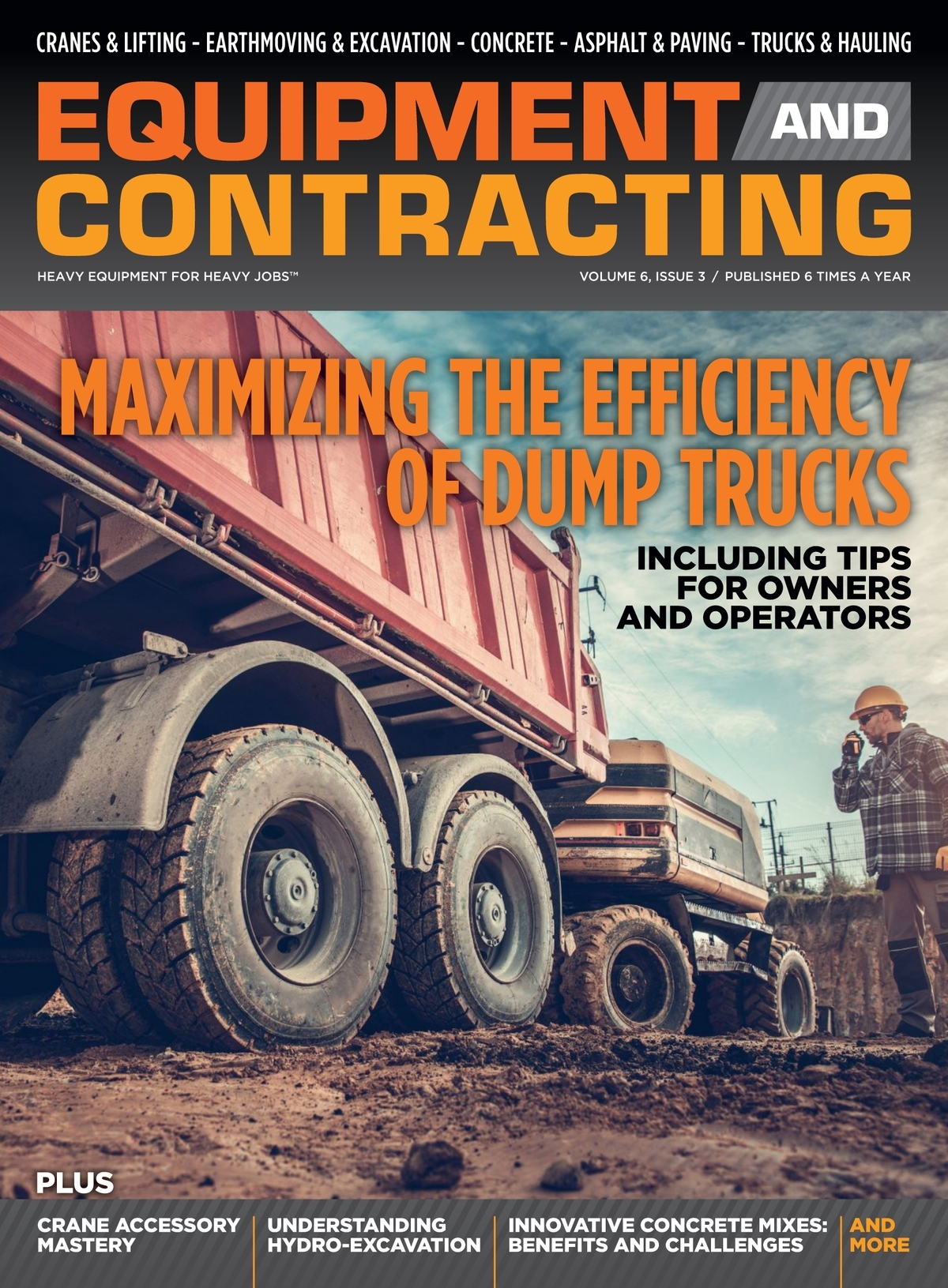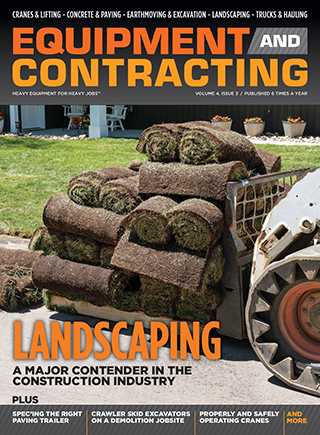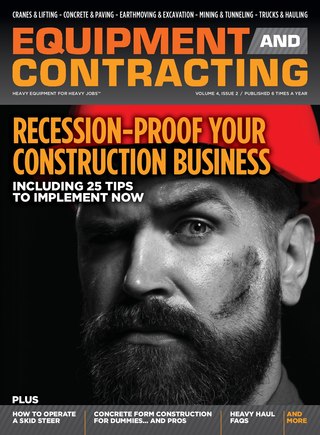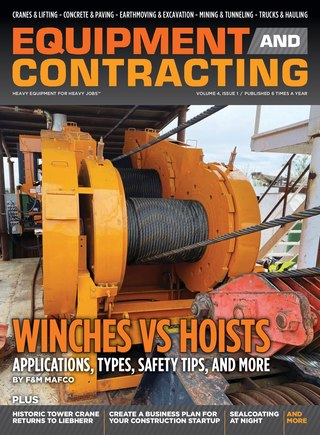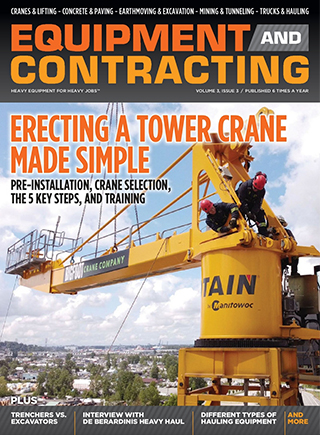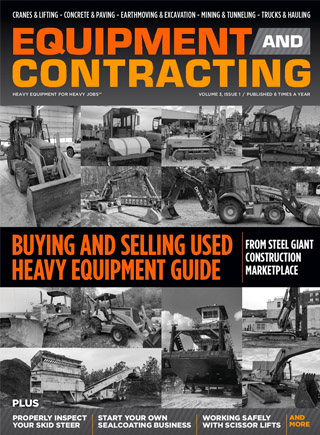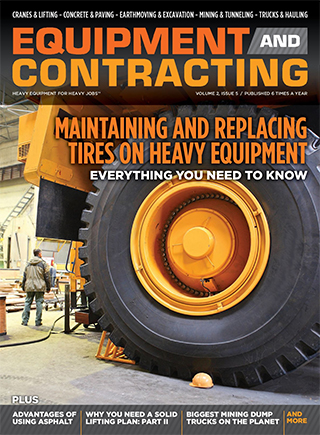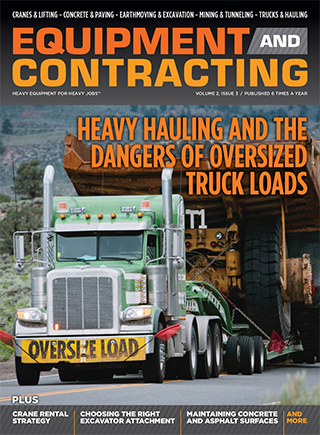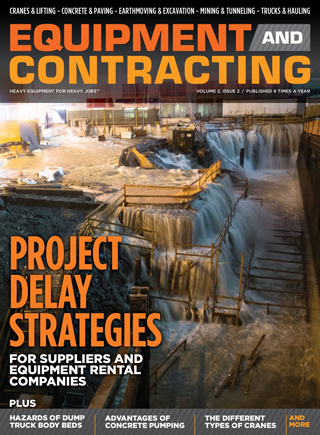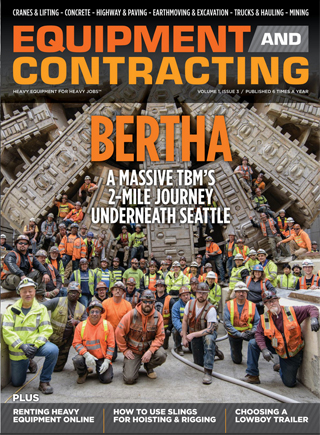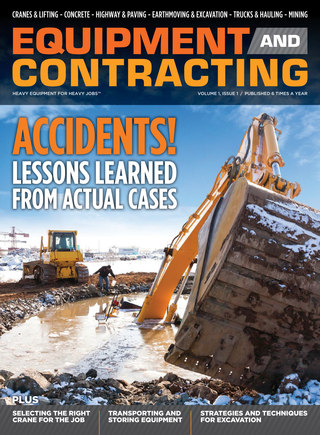
In remote, industrial, or rugged work settings, mechanics trucks are far more than simple transport vehicles. They serve as mobile workshops capable of sustaining operations where the jobsite may be half a mile from the nearest service bay and conditions vary from muddy to icy. As industry guides describe, a service truck is a purpose-built vehicle that functions as a mobile workshop so technicians can bring tools, equipment, and spare parts directly to the job. Given this, any mechanics truck intended for such use must be engineered to meet demands of mobility, durability, efficient workflow, and safety. Upgrading your mechanics truck for demanding environments means advancing the chassis, body, storage system, workplace ergonomics, and serviceability to match the field’s realities.
Matching Chassis and Body to the Environment
Selecting the Right Base Vehicle
The first step in upgrading a mechanics truck is selecting the right chassis. When jobs take you into construction zones, mining sites, or utility corridors, the payload, ground clearance, and maneuverability all matter. A heavier-duty chassis provides stability and greater payload allowance but often comes with trade-offs like a larger turning radius or higher fuel consumption. Finding the right balance between strength and efficiency ensures the truck remains capable yet practical for daily use.
Optimizing the Body Structure and Materials
Once the base truck is selected, the body itself must deliver strength, longevity, and adaptability. Work truck bodies built for the field commonly use steel or aluminum and feature extra reinforcements where cranes or heavy lifting equipment will be mounted. The body should include weather-resistant sealing, strong hinges, durable door retainers, and compartment lighting suitable for dirty and dim environments. High-performance service truck bodies with robust construction and corrosion-resistant coatings are built specifically for these challenges, extending the truck’s usable life even under extreme workloads.
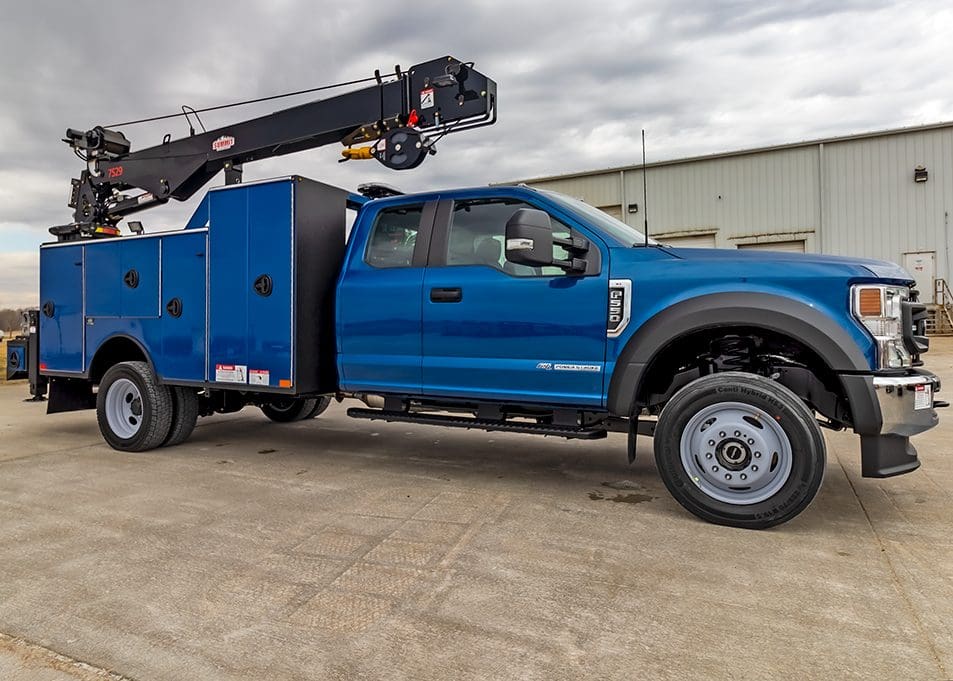
Storage, Workflow, and Tool Access
Organized Storage Systems for Efficiency
In the field, every second counts. Time spent hunting for a tool or part is time lost to productivity. Therefore, upgrading to advanced drawer systems, pull-out trays, dedicated shelving, and smart compartment layouts pays off. Well-designed mechanic truck drawer systems ensure that technicians have instant access to essential tools without wasted motion. This not only improves workflow but also reduces operator fatigue and enhances safety during repairs.
Mobile Workshop Add-ons: Cranes, Compressors, Welders
Beyond storage, field mechanics trucks often require additional capability to lift heavy items, compress air, or weld on site. Integrated mechanics truck crane systems transform the truck into a self-contained service bay, allowing operators to perform complex maintenance tasks anywhere. These crane systems, when properly paired with the truck’s body and chassis, can safely manage heavy loads and streamline field operations—making them indispensable for mining, construction, and heavy equipment repair environments.
Safety, Durability, and Environmental Resistance
When work takes place in mining, oil and gas, forestry, or utilities, the truck must survive harsh conditions: dirt, moisture, vibration, chemicals, salt, and temperature extremes. Custom-built mechanics trucks designed for field service are engineered with corrosion-resistant finishes, sealed compartments, and reinforced doors to protect tools and components. Proper sealing and structural integrity ensure that electrical systems, welders, and hydraulic tools remain safe from environmental damage.
Safety upgrades are equally vital. Features such as non-slip platforms, anti-tip stabilization systems, and advanced safety control systems help prevent accidents. In addition, upgraded lighting systems improve visibility during nighttime or underground maintenance, ensuring the operator’s safety and precision on the job.
Lube and Maintenance Capabilities
Field mechanics often work in isolated environments where on-site lubrication, fueling, and fluid management are essential. Upgrading to mobile lube service bodies helps teams carry essential fluids, filters, and pumps directly to the job. These systems reduce downtime by allowing technicians to perform preventative maintenance and refueling tasks without returning to base. Integrating lubrication skids, pumps, and containment systems also minimizes spill risks and helps maintain compliance with environmental standards.

Serviceability, Parts Support, and Long-Term Value
Upgrading a mechanics truck should also focus on its service life and ease of maintenance. Choosing components with widely available parts, standard fittings, and modular designs ensures that the vehicle can be easily serviced when issues arise. Durable, field-ready custom work truck solutions also support long-term value by reducing total lifecycle costs. Trucks designed with re-chassis potential can extend their lifespan by decades, especially when combined with preventive maintenance and regular inspections.
Additionally, mechanics trucks that support quick-access panels, protected wiring, and diagnostic interfaces simplify maintenance tasks for operators and reduce downtime during repairs. Serviceability should never be an afterthought—it’s an essential part of any serious upgrade.
Upgrading Strategy: Planning for the Future
When planning upgrades for a mechanics truck built for demanding field environments, start with the workflow. Define what tasks are performed most frequently, what tools are used, and under what conditions. From there, prioritize the following areas: body structure, equipment integration, safety, and field support systems.
Integrating field-ready service vehicles that are designed around operator needs results in measurable improvements in uptime and productivity. By choosing equipment built with precision engineering and modular adaptability, contractors can ensure that every dollar spent translates directly into better performance and reduced downtime.
Upgrading a mechanics truck for demanding field environments is not a cosmetic improvement—it’s a functional investment in productivity, safety, and reliability. By pairing a strong chassis with durable custom-built mechanics trucks, adding smart storage such as organized tool storage solutions, and integrating operator-focused safety technology, teams can operate efficiently even in the toughest jobsite conditions.
Ultimately, the goal is to create a mobile service platform that performs like a shop on wheels—built to endure, optimized for workflow, and engineered for safety. Investing in high-quality, field-ready upgrades ensures that every job gets done faster, safer, and smarter.


